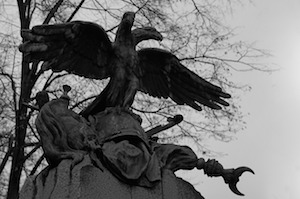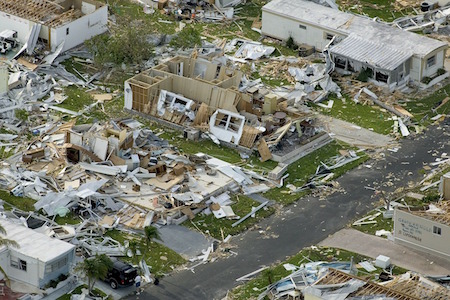by Melissa Wilson, Leeds Trinity University, Leeds, West Yorkshire, UK
 This is my last week blogging from a small and crowded island; the book I am discussing is called The Lie Tree, written by Frances Hardinge, who is a popular and well received author in the U.K. Like the other texts I have discussed, this one won an award, The Costa Book Award in 2015, and is in the fantasy genre. And like the other two novels, it is being marketed for young adults, although I question this designation. Though the protagonist is 14 years old, she is a chaste and sexless adolescent, and I subscribe to what Karen Coats has said about YA fiction: what makes it YA is the sex. Continue reading
This is my last week blogging from a small and crowded island; the book I am discussing is called The Lie Tree, written by Frances Hardinge, who is a popular and well received author in the U.K. Like the other texts I have discussed, this one won an award, The Costa Book Award in 2015, and is in the fantasy genre. And like the other two novels, it is being marketed for young adults, although I question this designation. Though the protagonist is 14 years old, she is a chaste and sexless adolescent, and I subscribe to what Karen Coats has said about YA fiction: what makes it YA is the sex. Continue reading










